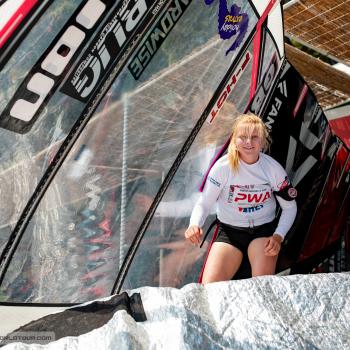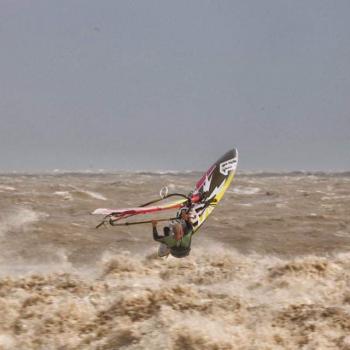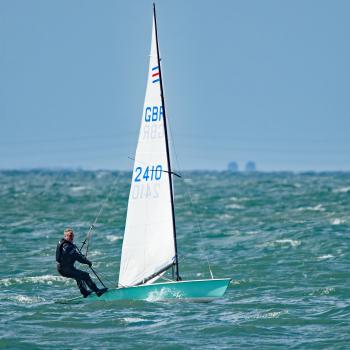The Causes and Treatment of Common Footballing Injuries
Dr Ralph Rogers MD PhD MBA Medical Director, The London Sports Injury Clinic, 108 Harley Street
Expert Guide to Treating Football Injuries:
Playing Conditions and Injuries
Football is the most popular sport in the world and it is played by many millions of people, from highly paid professionals to those of us who just like a kick around in the local park. However, studies have shown that football also gives rise to a higher incidence of injuries than other sports. Footballing injuries usually involve the pelvis, groin, hip, thigh, knee, calf, ankle or foot and most are caused by trauma.
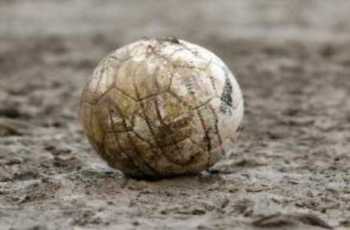
Link between Playing Conditions and Football Injuries
It is interesting to note that professional footballers in the Premiership in the UK suffer almost twice as many injuries as their fellow professionals in Spain and Italy, but the cause is more likely to be foul weather than foul play. A UEFA study has found that players in northern European countries pick up major injuries far more frequently than those in southern European nations. Major injuries were defined as those causing a month’s absence and those affecting joints and ligaments. The study was led by Professor Jan Ekstrand, and supports the hypothesis that climate affects injury.
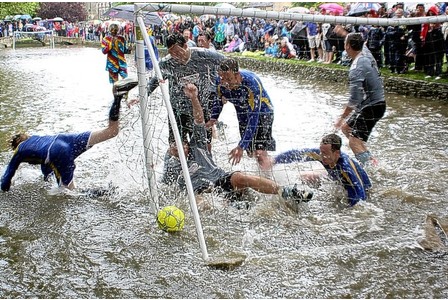
A cold and rainy climate with subsequently poorer playing surface conditions may increase the risk of traumatic and overuse ligament and joint injuries. Although football pitches resembling sand-scattered mud baths and players struggling to play are largely a thing of the past, during the winter months playing football can still result in injury because of the condition of the pitch. For example, if football pitches are frozen and therefore hard, players can become injured from direct contact with the ground as well as suffer from increased foot, ankle, knee and back damage from the high impact caused by the pitch itself.
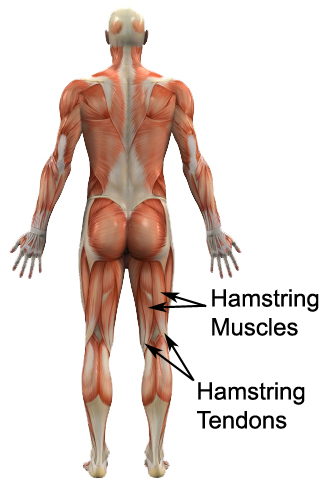
When pitches are wet and muddy players can suffer injury to the ankle and knee from slipping or sliding or ligament damage and overuse tendonitis from the strain of constantly dragging their feet from the mud. In addition it may be difficult to stop and change direction effectively, increasing the risk of collision. It is important, then, to always consider whether the weather and surface conditions are conducive to playing safely, to wear proper boots with removable studs and to carry spare sets of different length studs to suit the conditions.
Hamstring Strains Caused by Playing Football
Hamstring injuries are one of the most common injuries suffered by people playing football. Usually referred to simply as “the hamstrings”, it is in fact a group of three long muscles and bordering tendons that start at the bottom of the pelvis extending down the back of the thigh and along either side of the knee to the shin bones. These are the semitendinosus, semimembranosus, and biceps femoris. Their function is to bend the knee and move the thigh backwards from the hip.
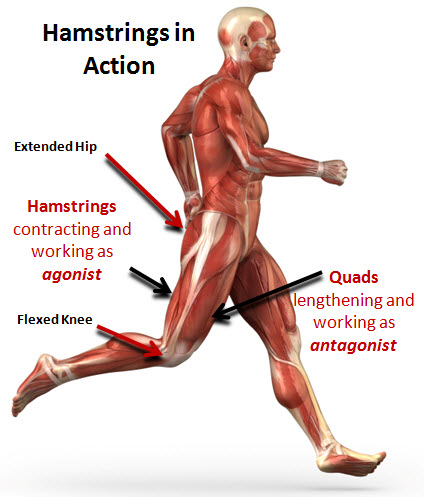
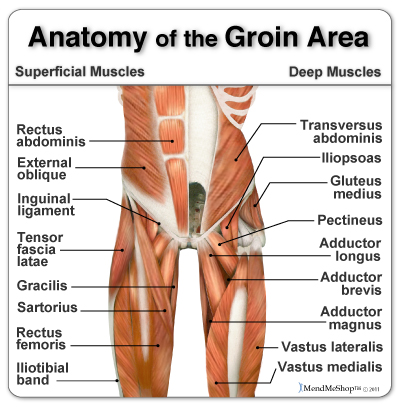
Injury occurs when this group of muscles is forcibly stretched beyond its limits so that the muscle tissue tears.
There are three degrees of strains, depending upon the severity of the injury. These are:
First-degree hamstring strains are simply a few damaged muscle fibres, within the muscle group. There may be some swelling or discomfort, but this will not usually affect the ability to walk normally.
Second Degree Hamstring Strains
Second-degree hamstring strains involve damage to a number of extensive muscle fibres, usually requiring the attention of a dedicated sports-medicine physician. There may be pain, noticeable swelling, or a limp. It is difficult to fully straighten the knee and trying to flex the knee again causes pain.
Third-degree hamstring strains involve a complete rupture of the muscle fibres. There would certainly be severe pain and very immediate and noticeable swelling. It would be difficult to weight bear without the help of crutches. Luckily, this type of hamstring strain is rare but is often serious enough to require surgery.
A strain can occur in circumstances when the weight and forces carried in the body and muscles changes orientation or by sudden changes in direction. In these circumstances, the muscle is challenged whilst it is already under a full load or working beyond capacity and over-striding results. The injury often occurs when the muscle is fully stretched out, just before it contracts to bend the knee.
When a hamstrings injury happens it will often be sudden, with the footballer immediately feeling the pain of the trauma. In the case of second-degree and third-degree muscle strains, swelling and tightening of the local area surrounding the site of the injury will follow. With first-degree injuries swelling will usually occur within the first few hours with only the sign of minor bruising to the limb, but increased swelling will come later. There will also be a noticeable immediate loss of strength in the limb, with weakness that can persist for several weeks, depending on the severity of the injury. This can continue for longer if the hamstring strain is a third-degree type where the muscle tissue has been complete torn and compromised.
See - Latest Treatments for Football Injuries:
Expert Guide to Treating Football Injuries



